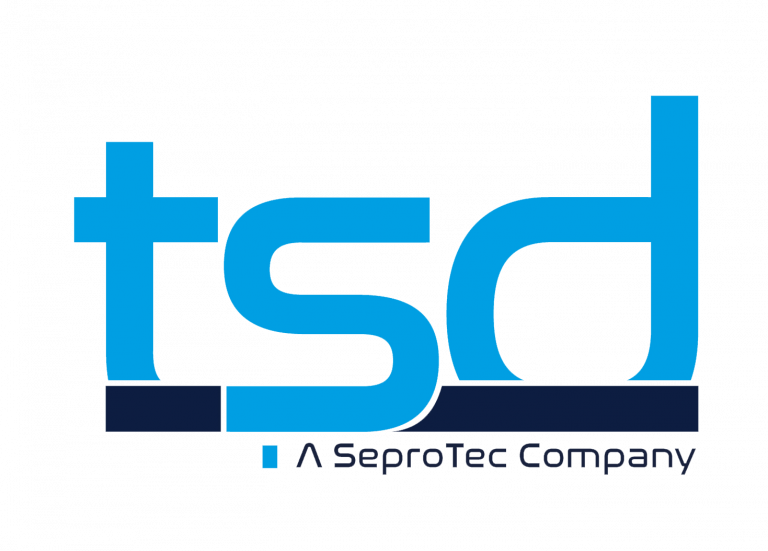MDR and Translations - Best Practices for an Efficient Localization Strategy
When it comes to medical devices, precision and clarity are essential. Every label, manual and document must be accurate to ensure the safety and effectiveness of these life-saving devices. So, when the Medical Device Regulation (MDR) came into force in 2021, it brought significant changes to the translation and localization of information.
The MDR at a Glance
 Before we get into the translation and localization aspects, let’s briefly recap what the MDR is all about.
Before we get into the translation and localization aspects, let’s briefly recap what the MDR is all about.
The MDR, which came into full force in May 2021, is a comprehensive regulatory framework designed to ensure the safety and effectiveness of medical devices across the European Union (EU).
It replaces the previous Medical Device Directive (MDD) and brings with it stricter requirements and increased monitoring.
The Role of Translation and Localization
Translation and localization have always played a crucial role in the medical device industry, as manufacturers must provide clear and accurate information to healthcare professionals and patients alike. However, under the MDR, the stakes are higher, and the requirements more stringent.
Labeling Requirements
One of the most notable changes under the MDR is the stricter requirements for medical device labeling. Article 10 of the MDR requires that all information accompanying the device, including labels and instructions for use, must be in the official language(s) of the Member State(s) in which the device is available. This presents a significant challenge to manufacturers, as they must ensure that their products’ labels and instructions for use are available in multiple languages.
Adapting to Local Markets
While translation is an important component, localization has become even more important under the MDR. Medical device manufacturers are now required to consider linguistic, cultural and regional aspects when translating and adapting their content. Localization ensures that information is not only in the correct language, but is also culturally relevant and compliant with local regulations.
Quality Assurance
The MDR emphasizes the importance of translation quality assurance. Manufacturers must implement rigorous quality management systems, including translation processes, to ensure the accuracy and consistency of translated content. This goes beyond linguistic accuracy to include standardization of terminology and review of all content related to medical devices.
Post-Market Surveillance
The MDR has established advanced post-market surveillance requirements that also impact translation and localization. Manufacturers must continuously monitor and report adverse events and other product-related issues. This includes handling complaints and updates to product documentation in multiple languages to keep everyone informed and safe.
Collaboration with Notified Bodies
To meet MDR requirements, medical device manufacturers must collaborate with notified bodies. These independent organizations assess the compliance of devices with the MDR. Manufacturers should ensure that translations meet the high standards expected by notified bodies, which often requires the involvement of specialized translation and localization experts.
Best Practices for Localization
As the MDR landscape continues to evolve, medical device manufacturers must adopt best practices to ensure compliance:
- Centralized translation management: Implement a centralized translation and localization management system to ensure consistency across languages and versions.
- Continuous training: Invest in training for staff involved in translation and localization to ensure they understand the nuances and complexities of your medical device content.
- Language technology: Leverage language technologies such as translation memories and terminology databases to improve translation efficiency and consistency.
- Updating documentation: Keep documentation current to reflect changes in regulations and product information and ensure all translations are up to date.
- Trust the experts: Consider working with experienced language service providers who specialize in medical device translation to manage the complexities of MDR compliance.
The implementation of the Medical Device Regulation has undoubtedly changed the medical device industry. With an increased focus on linguistic accuracy, cultural relevance and quality assurance, translation and localization have become critical factors for MDR compliance.
At tsd, we have years of experience in medtech translations. Every day, we help our customers navigate the complex translation and localization requirements under the new regulations, ensuring that patient safety and product efficacy continue to be maintained.
